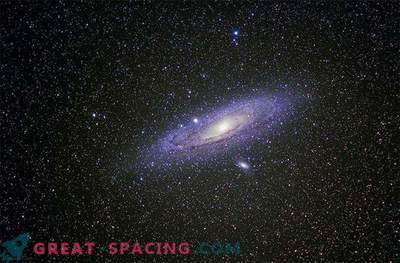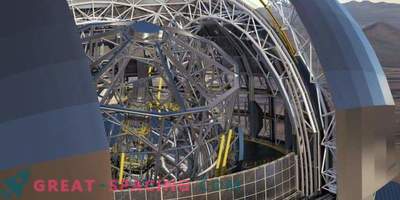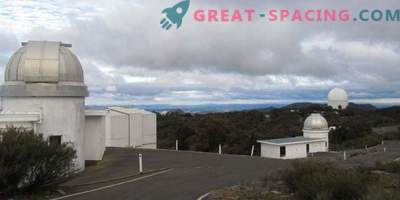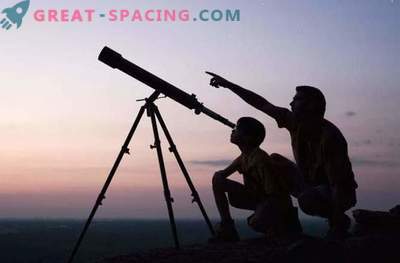
Astronomy is an incredibly interesting and exciting activity. Until recently, this hobby was not widely available - home telescopes were rare, and reference books on astronomical observations were intended, for the most part, for specialists. Today, the choice of optical technology and popular literature on this subject is so huge that almost everyone can afford a telescope. Moreover - to admire tens of thousands of heavenly bodies, it is not at all necessary to become a virtuoso in reading star maps. Now everything you need to travel to beautiful planets and distant star clusters is a modern telescope with an automatic guidance system. Such telescopes are able to independently find astronomical objects in the night sky and follow the movement of celestial bodies, and some models can even conduct tours of the most interesting planets and stars, nebulae and galaxies.
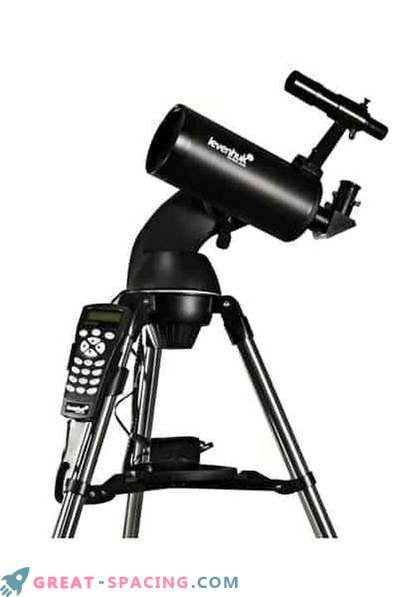
First of all, a telescope with auto-homing is useful for a beginning astronomer. Newbies, as a rule, spend their first astronomical observations in the city - from the balcony or in the courtyard. A visit to the moon is not a problem, but it is much more difficult to catch planets or deep space objects in sight of the telescope. It is not easy to navigate in the bright city sky, and the time spent searching for celestial bodies is no less, or even more, than the observations themselves. In addition, it should be noted that because of the weather and the state of the atmosphere, not every night is suitable for observation - it is doubly insulting to waste forces in painful attempts to finally discover Mars or the Andromeda galaxy. In such a situation, a telescope with an autoname system is simply indispensable. A good tool, such as the Levenhuk SkyMatic 105 GT MAK, knows the coordinates of tens of thousands of astronomical objects, can quickly find any of them, and can even take a tour of the starry sky. Of course, even the smartest telescope must first be configured - specify the date and time, time zone, current geographic coordinates. In addition, the telescope needs to be aligned with one or two of the brightest stars - this is necessary so that it can “recognize” the sky above itself and correlate the real position of the stars with the information that is stored in its memory. Setting up the telescope requires care and accuracy. However, this process is quite simple - you can master setting up a telescope with auto-aiming in a couple of evenings.
Experienced astronomers, too, have reasons to love telescopes with the auto-guidance system. First of all, this is the same time saving: a long and painstaking search of objects is not everyone’s liking, especially during the cold season.
In addition, using a telescope with auto-homing, you can take stunning images of astronomical objects. An astrophotographer does not need to install an eyepiece, focus, and then change the eyepiece to the camera - just select any object from the database, and the telescope will automatically hover over it. In addition, the planets and stars are not static, because of the rotation of the Earth, their position in the sky changes - in order not to lose sight of the object, you need to constantly adjust the position of the optical tube. In astrophotography, the accuracy of pointing and tracking an object is especially important, and a telescope with auto-guidance brilliantly copes with this task. With this tool, you can not only find any celestial body, but also set up automatic tracking at the desired speed: stellar, lunar or solar.
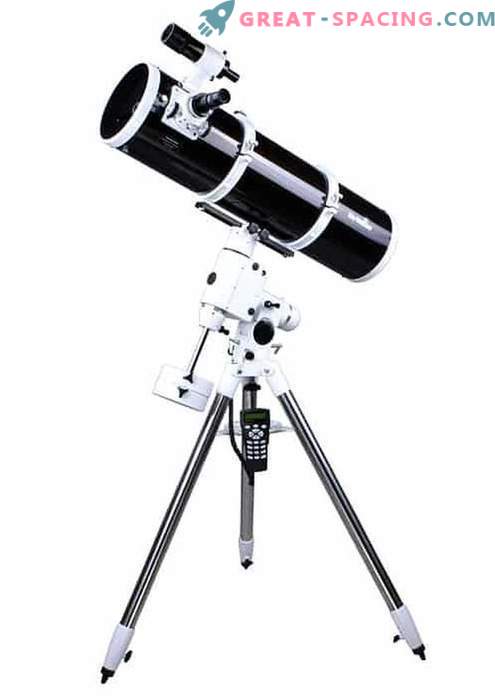
When choosing a model, note that azimuth telescopes are more suitable for visual observations and for shooting at slow shutter speeds. For astrophotography of deep space objects you need serious tools on equatorial mounts, for example, Synta Sky-Watcher BK P2001 HEQ5 SynScan GOTO. To control the telescope when shooting, you can use not only the console, but also one of the many planetarium programs today - you just need to connect the console to a computer.
When purchasing a tool with an autoname system, you should pay attention to the optical characteristics of the telescope - the use of an extensive database of objects for a telescope with a small aperture is very doubtful. To admire the distant nebulae and galaxies, you need not only to aim accurately at them, but also to see, and this requires a more powerful tool. In good conditions, a medium-aperture telescope with high-quality optics will allow you to see a lot of objects from the database, but with a large aperture reflector you can fully appreciate all the advantages of the auto-guidance system. A wide range of telescopes with auto-guidance is presented in the Four Eyes optical equipment online store.


